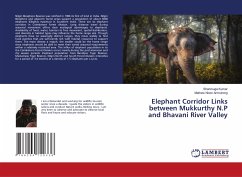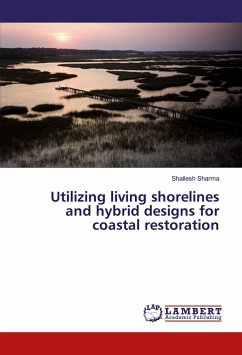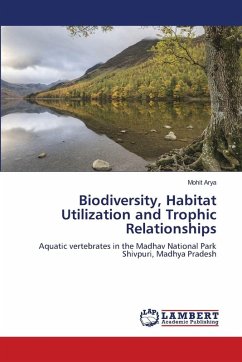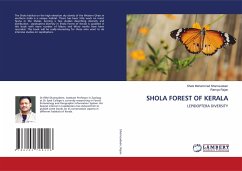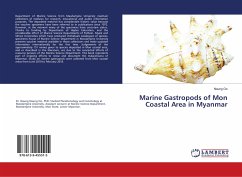
Corridor Viability and Habitat Restoration
Dudhwa National Park and Katerniaghat Wildlife Sanctuary, India Management in Western Terai Rhino Conservation Unit
Versandkostenfrei!
Versandfertig in 6-10 Tagen
39,99 €
inkl. MwSt.

PAYBACK Punkte
20 °P sammeln!
The corridor between Dudhwa National Park and Katerniaghat Wildlife Sanctuary has been disrupted due to continuous biotic pressure and human settlements. The situation of corridor between Katerniaghat Wildlife Sanctuary and Royal Bardia National Park is more or less similar. In the past corridors were safer passages for animals while movement from one place to other. Records on the regular movements of tiger, elephant and rhino from Katerniaghat Wildlife Sanctuary to Dudhwa National Park are limited. But movement of elephants and rhinos takes place between Royal Bardia National Park and Katern...
The corridor between Dudhwa National Park and Katerniaghat Wildlife Sanctuary has been disrupted due to continuous biotic pressure and human settlements. The situation of corridor between Katerniaghat Wildlife Sanctuary and Royal Bardia National Park is more or less similar. In the past corridors were safer passages for animals while movement from one place to other. Records on the regular movements of tiger, elephant and rhino from Katerniaghat Wildlife Sanctuary to Dudhwa National Park are limited. But movement of elephants and rhinos takes place between Royal Bardia National Park and Katerniaghat Wildlife Sanctuary, which is restricted to certain areas. In such situation, revival of corridors is very important for survival of these three isolated wild animal population including rhinos, tiger and elephant.




